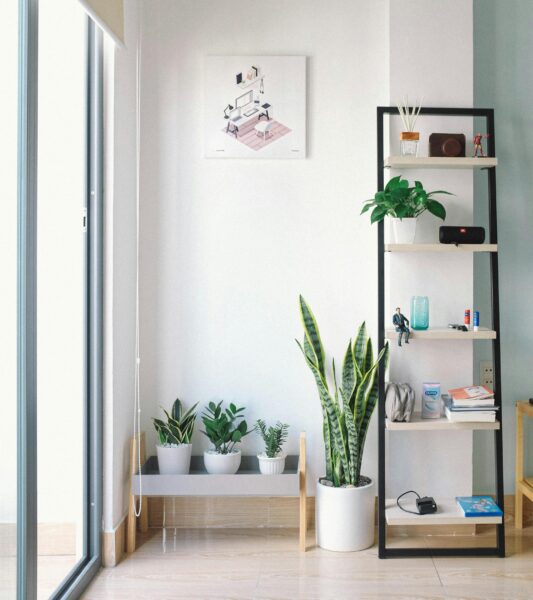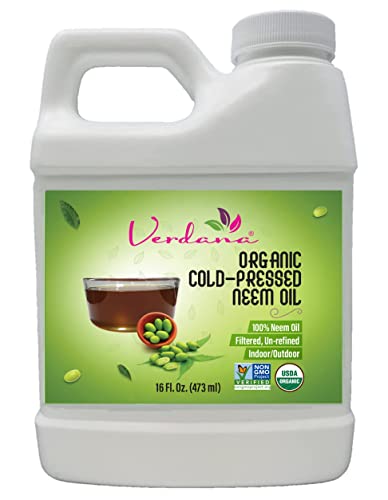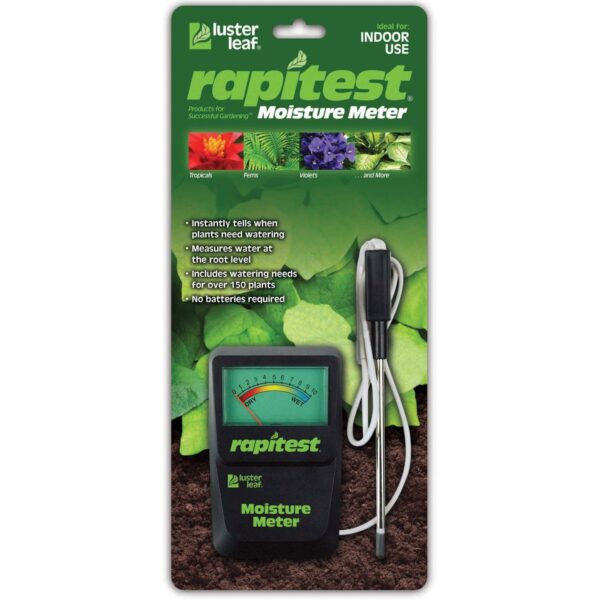Your lush and low-maintenance ZZ plant suddenly displaying yellow leaves can be unsettling. But fear not, this issue is often a cry for care adjustments, and with some tweaks, your plant can bounce back to its vibrant self. Let’s break down the possible reasons for yellowing leaves and how to resolve them.

Overwatering is the number one culprit when it comes to yellow leaves on ZZ plants. These plants are akin to camels of the plant world; they store water in their rhizomes and don’t need frequent watering. Soggy soil and root rot often follow when they’re offered more water than they need.
On the flip side, while ZZ plants are drought-tolerant, severe underwatering can also cause stress and yellow leaves. Aim for balance: water your ZZ only when the soil is thoroughly dry to the touch. For more thorough care tips, check out this guide on ZZ plant maintenance.

ZZ plants thrive in low to medium indirect light, though they can adapt to dimly lit corners. Prolonged exposure to direct sunlight, however, can scorch the leaves, leading to yellowing or brown edges. If your ZZ plant sits in a sunny spot, consider relocating it to a place where light is bright yet filtered.
Sometimes, yellow leaves can be a sign of pest infestation. Insects like spider mites, mealybugs, or aphids suck the sap out of the plant, causing discoloration and leaf damage. Inspect your plant for any critters and use insecticidal soap or neem oil to tackle the issue before it worsens.
Poor soil drainage and being root-bound can also stress your ZZ plant. If the soil feels perpetually wet and compacted or you notice roots growing out of the drainage holes, it might be time to repot. Choose a pot with drainage holes and use a well-draining soil mix with added sand or perlite for aeration.
| Signs | Overwatering | Underwatering |
|---|---|---|
| Leaf Appearance | Yellow, droopy, or mushy | Wrinkled, dry, or yellow |
| Soil Condition | Soggy and heavy | Dry and pulling away from the pot |
| Solution | Allow soil to dry, check for root rot | Soak the plant until water drains out |
If your ZZ plant's leaves display an unusual yellow pattern—like yellow veins or edges—it might signal a nutrient deficiency. Consider using a balanced fertilizer during the growing season to provide nitrogen, potassium, and magnesium. Be careful not to overdo it, as an excess can harm the roots. Additionally, using soil amendments such as this gypsum powder mix can help improve soil structure and plant health over time.
If you notice yellow leaves, act promptly. Prune the affected leaves to encourage new growth, adjust your watering practices, and ensure the plant receives sufficient bright, indirect light. If root rot has already set in, repot the plant after trimming away any mushy roots, and give it time to acclimate before resuming watering.
Have you successfully nursed a yellowing ZZ plant back to health? Share your tips or questions in the comments below—we’d love to hear your plant care stories and solutions!

Discover the natural care your plants deserve with Verdana Organic Cold-Pressed Neem Oil. Ideal for both indoor and outdoor greenery, this 16 fl. oz. bottle of unrefined neem oil is USDA certified organic. It's a perfect choice for gardeners looking for an eco-friendly solution to maintain plant health.

Ensure your indoor plants thrive with this Rapitest Soil Moisture Meter. A must-have for gardeners, it accurately measures soil moisture at root level. No batteries needed, it's ideal for potted plants, helping you water correctly with instant results. Includes a guide for over 150 plants.
To fix yellow leaves on a ZZ plant, adjust your watering routine to avoid overwatering or underwatering. Inspect the plant for pests and apply appropriate pest control if necessary. Additionally, ensure the plant has balanced nutrition by using a suitable fertilizer. Removing severely damaged leaves can also improve the plant's appearance.
Yes, you can cut off yellow ZZ plant leaves, especially if they are severely discolored or damaged. Use clean, sharp scissors or pruning shears to make a clean cut near the base of the stem. This not only improves the plant's appearance but also helps focus nutrients on healthy growth.
Overwatering causes the soil to remain constantly wet, which can lead to root rot and other conditions that stress the ZZ plant. This prevents the roots from absorbing nutrients properly, resulting in yellowing leaves. Always let the soil dry out before watering to avoid overwatering issues.
The best way to water a ZZ plant is to allow the soil to dry completely between waterings. Water the plant thoroughly until water drains out of the bottom, and ensure the pot has good drainage. Typically, watering every two weeks is sufficient, but adjust based on your plant’s environment.
Yes, nutrient deficiencies, especially a lack of nitrogen, can cause yellow leaves on ZZ plants. Fertilize your ZZ plant with a balanced fertilizer during the growing season, usually every 4-6 weeks, to ensure it receives all necessary nutrients for healthy growth.
Thanks for diving into the world of ZZ plant care with me! If you're eager to explore more plant tips or simply want to keep your green thumb skills sharp, I’d love for you to join our growing community. Follow us on Pinterest for a daily dose of plant inspiration, or check out our Instagram to see our favorite plant transformations. If you're more of a conversationalist, chat with us over on X or connect with fellow plant enthusiasts on Facebook. Whether you're sharing your plant stories or picking up new ones, we’re excited to have you in our little corner of the plant-loving world. Happy gardening! 🌿✨

Immerse yourself in architecture’s most boundary-pushing ideas—where innovative home improvements meet visionary urban developments. Discover new building techniques, materials, and creative concepts that are redefining how we shape our spaces on a global scale.